Donate now to support the LLIFLE projects.
Your support is critical to our success.
Your support is critical to our success.
Accepted Scientific Name: Ferocactus echidne (DC.) Britton & Rose
Cactaceae (Britton & Rose) 3: 136. 1922 [12 Oct 1922] Britton & Rose
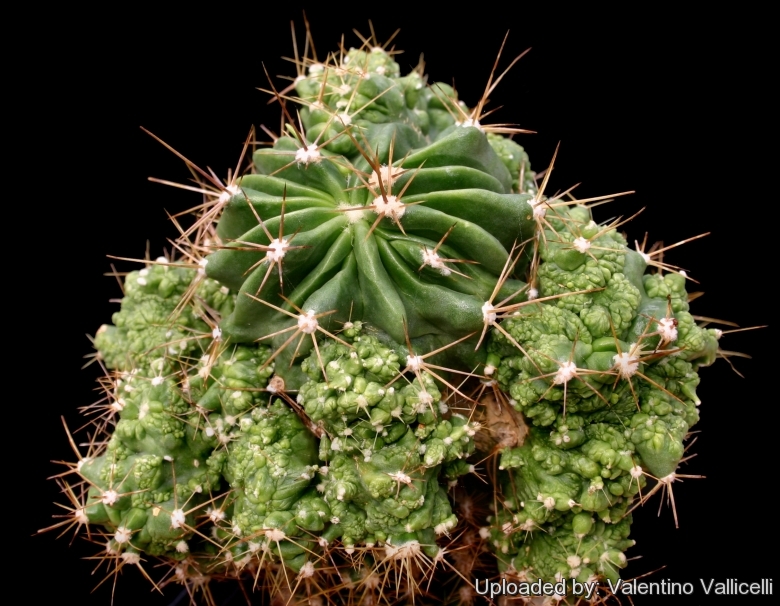
Ferocactus echidne f. monstruosus Photo by: Valentino Vallicelli
This cultivar shows many growing variations, with different crested, monstrous and normal shapes. This plant is very rare in collection and highly priced.
This cultivar shows many growing variations, with different crested, monstrous and normal shapes. This plant is very rare in collection and highly priced.
Synonyms:
See all synonyms of Ferocactus echidne
back
Accepted name in llifle Database:Ferocactus echidne (DC.) Britton & Rose
Cactaceae (Britton & Rose) 3: 136. 1922 [12 Oct 1922]
Synonymy: 9
- Ferocactus echidne (DC.) Britton & Rose
- Echinocactus echidne DC.
- Echinocactus echidne var. gilvus (A.Dietr.) Salm-Dyck
- Echinocactus echidne f. gilvus (A.Dietr.) K.Schum.
- Echinocactus gilvus A.Dietr.
- Echinofossulocactus echidne Lawr. in Loudon
- Parrycactus echidne (DC.) Doweld
- Ferocactus echidne f. monstruosus hort.
- Ferocactus echidne var. rhodanthus G.Unger
Ferocactus echidne var. rafaelensis (J.A.Purpus)
Synonymy: 3
- Ferocactus echidne var. rafaelensis (J.A.Purpus)
- Echinocactus rafaelensis J.A.Purpus
- Ferocactus rafaelensis (J.A.Purpus) Borg
Ferocactus echidne var. victoriensis (Rose) G.E.Linds.
Cact. Succ. J. (Los Angeles) 27: 168. 1955
Synonymy: 3
- Ferocactus echidne var. victoriensis (Rose) G.E.Linds.
- Echinocactus victoriensis Rose
- Ferocactus victoriensis (Rose) Backeb.
back
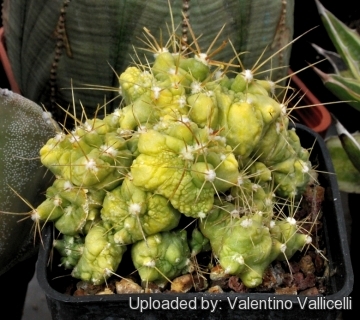
Ferocactus echidne f. monstruosus Photo by: Valentino Vallicelli
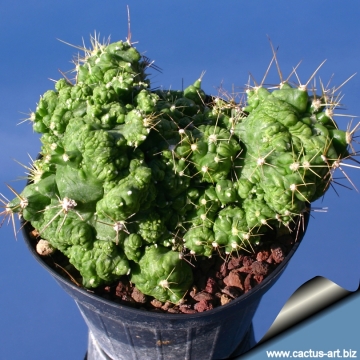
Ferocactus echidne f. monstruosus Photo by: Cactus Art
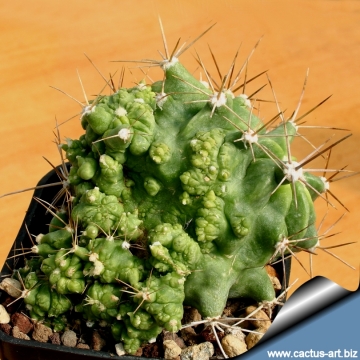
Ferocactus echidne f. monstruosus Photo by: Cactus Art
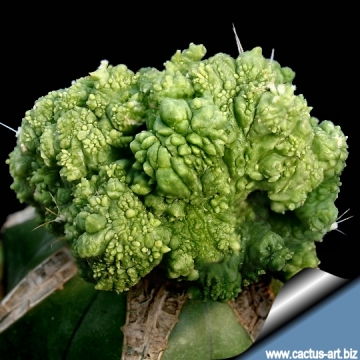
Ferocactus echidne f. monstruosus Photo by: Cactus Art
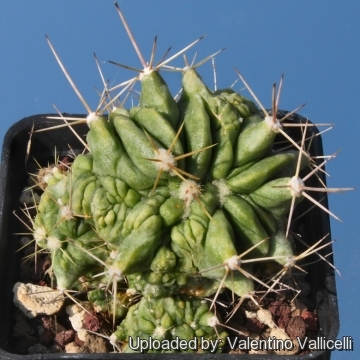
Ferocactus echidne f. monstruosus Photo by: Valentino Vallicelli
Send a photo of this plant.
The gallery now contains thousands of pictures, however it is possible to do even more. We are, of course, seeking photos of species not yet shown in the gallery but not only that, we are also looking for better pictures than those already present. Read More...
The gallery now contains thousands of pictures, however it is possible to do even more. We are, of course, seeking photos of species not yet shown in the gallery but not only that, we are also looking for better pictures than those already present. Read More...
| Your Actions | |
|---|---|
| Back to Ferocactus index | |
| Back to Cactaceae index | |
 |
Back to Cacti Encyclopedia index |








